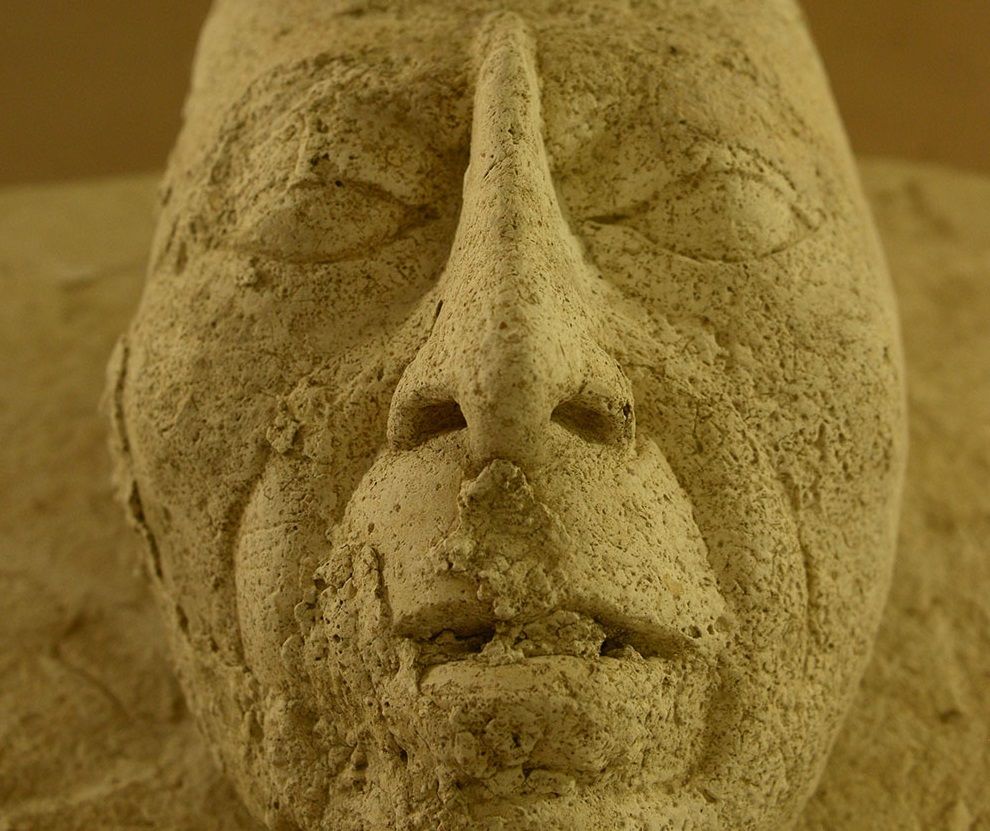
Archaeologists have discovered a ritual mask in Mexico which is thought to represent the face of one of Mesoamerica's most important historical rulers.
According to the National Institute of Anthropology and History (INAH), the mask was found inside a building known as "House E" in the palace complex at Palenque—an ancient Mayan city in the south of the country and one of its most precious archaeological gems.
K'inich Janaab' Pakal, otherwise known as King Pakal the Great, ascended to the throne at the tender age of 12, ruling over the city state during what is considered to be its golden age. In total, he is thought to have ruled for 68 years until his death at the age of 80, making him the longest-reigning known ruler in the Americas.
During this period, Palenque prospered and Pakal is believed to have been responsible for the construction or extension of some of the city's most notable surviving architecture and inscriptions.
While examinations of the mask are still being carried out to confirm that it depicts Pakal, details on it, such as wrinkles around the mouth and cheeks, strongly indicate this may be the first representation of him in his old age.
"It is noteworthy, unlike other Mayan sites where representations are generic, in Palenque many of the features we see in [the] mural painting or stone carvings are faithful reflections of specific characters," INAH archaeologist Benito Venegas Duran said in a statement.
The researchers also found several other ritual objects—which were perhaps intended as an offering—where the mask was buried including ceramic figurines, carved bones, pearls, fragments of jade, flint, obsidian, a polished mirror made from iron pyrite (otherwise known as fool's gold), as well as numerous turtle, lizard and bird bones, crab pincers and snail shells.
The archaeologists also found a figurine resembling a river shrimp and objects depicting fish and lilies, which the researchers say demonstrate the strong bond that the people of Palenque had with the aquatic world and the nearby Usumacinta River.
Masks played an important part in the rituals and ceremonies of the Maya—a civilization developed by the Maya people which dominated what is now southeastern Mexico, Guatemala, Belize, and the western areas of El Salvador and Honduras, for more than 3,000 years until the arrival of Spanish conquistadors.
They were notable for creating the only fully developed writing system in pre-Columbian America, as well as their striking architecture, art, mathematics, calendar and astronomical system.
Uncommon Knowledge
Newsweek is committed to challenging conventional wisdom and finding connections in the search for common ground.
Newsweek is committed to challenging conventional wisdom and finding connections in the search for common ground.
About the writer
Aristos is a Newsweek science reporter with the London, U.K., bureau. He reports on science and health topics, including; animal, ... Read more
To read how Newsweek uses AI as a newsroom tool, Click here.








